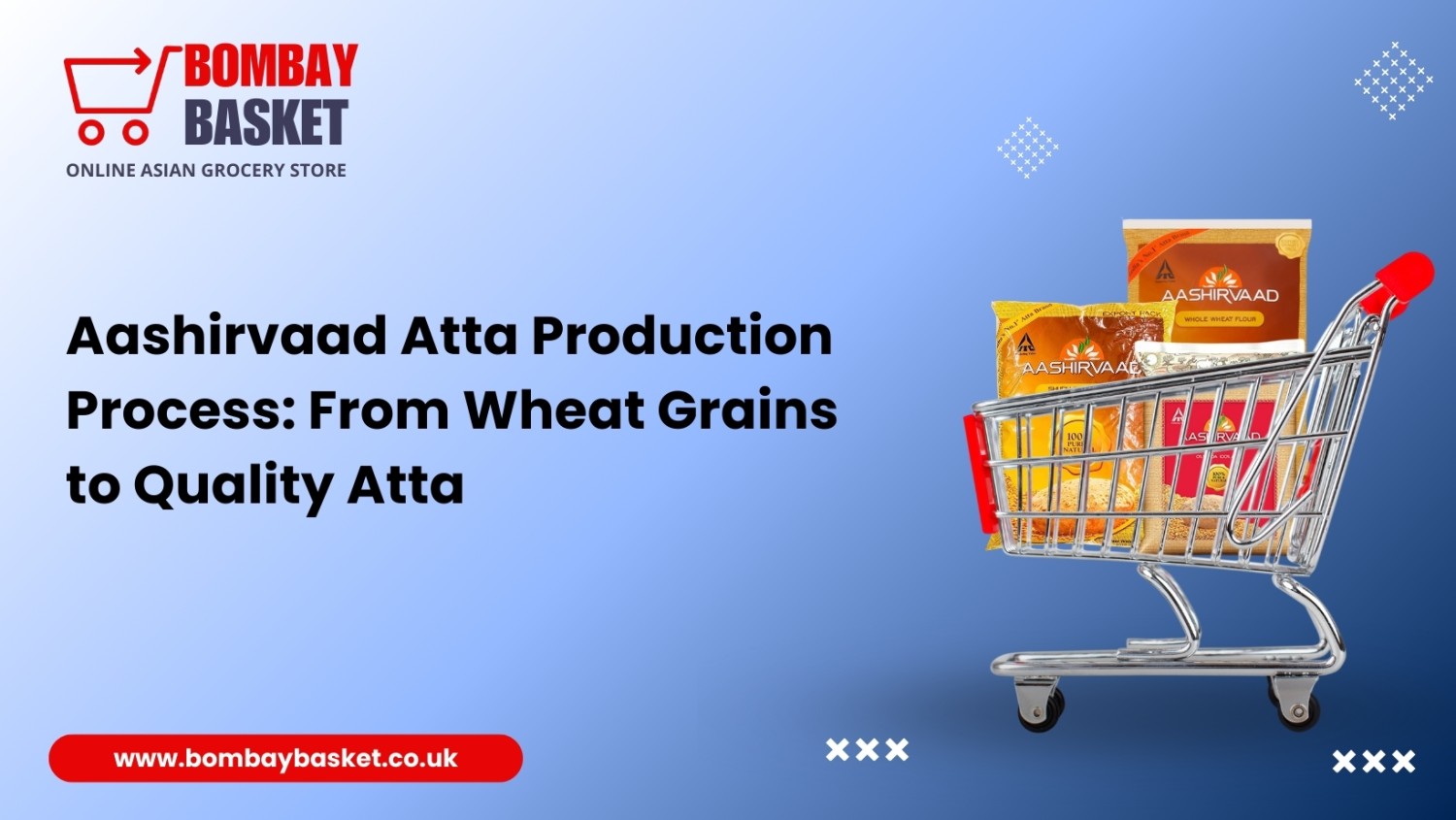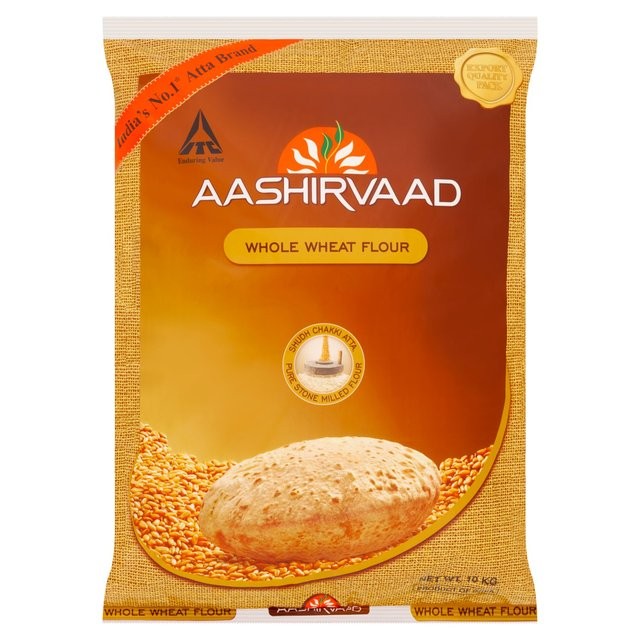My Basket
£

The journey of Aashirvaad Atta from wheat grains to the finely milled flour that graces Indian kitchens is a fascinating one. In this article, we will delve into the intricate production process, the stringent quality control measures in place, and the sustainability practices adopted in its manufacturing.
The Journey from Wheat Grains to Aashirvaad Atta
1. Sourcing the Finest Wheat
The production of Aashirvaad Atta begins with the careful selection of wheat grains. These grains are sourced from regions known for their high-quality wheat, ensuring that only the best raw materials are used.
2. Cleaning and Conditioning
Upon arrival at the manufacturing facility, the wheat grains go through a thorough cleaning process to remove impurities, such as dust and foreign particles. Conditioning follows, where the wheat is allowed to rest and equalize its moisture content, ensuring consistency in milling.
3. Milling
The cleaned and conditioned wheat grains are then milled to produce whole wheat flour. Aashirvaad Atta is known for its traditional chakki grinding process, where stone mills are used to grind the wheat. This method preserves the nutritional integrity of the flour.
4. Sifting and Packaging
The milled flour undergoes a sifting process to remove any remaining bran or coarse particles. The resulting fine atta is then carefully packaged, maintaining its freshness and purity.
Quality Control Measures in Production
1. Wheat Selection
The first line of quality control is the careful selection of wheat grains. Only grains meeting strict quality criteria are used in the production process.
2. Hygiene and Sanitation
Maintaining hygiene and sanitation standards in the production facility is paramount. Regular cleaning and sanitization procedures are followed to prevent contamination.
3. Meticulous Milling
The stone grinding process is closely monitored to ensure that the atta retains its nutritional value and does not overheat during milling, which can compromise quality.

4. Regular Testing
Samples of the atta are regularly tested for various quality parameters, including texture, color, moisture content, and taste. Any deviations are addressed promptly.
5. Packaging Integrity
The packaging materials are selected with care to ensure that they maintain the freshness of the atta and protect it from external factors like moisture and pests.
Sustainability Practices in Manufacturing
1. Efficient Energy Usage
Aashirvaad Atta manufacturing facilities strive to use energy efficiently, reducing their carbon footprint. Modern technology is employed to minimize energy wastage.
2. Water Conservation
Water is a valuable resource, and facilities implement water conservation practices, such as recycling and reusing water wherever possible.
3. Waste Reduction
Efforts are made to reduce waste generated during production. For example, wheat husk, a byproduct of milling, can be repurposed for various uses.
4. Sustainable Sourcing
Aashirvaad Atta is committed to sourcing wheat sustainably. This includes working with farmers to promote responsible farming practices.
5. Community Engagement
The brand often engages with local communities around its manufacturing facilities, supporting initiatives related to education, healthcare, and social development.
In conclusion, the production of Aashirvaad Atta is a meticulous process that ensures the highest quality while maintaining a commitment to sustainability and responsible manufacturing. From wheat grains to the atta that nourishes millions of Indian households, every step of the journey reflects the brand's dedication to quality, purity, and environmental consciousness.

